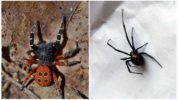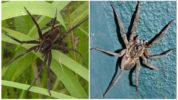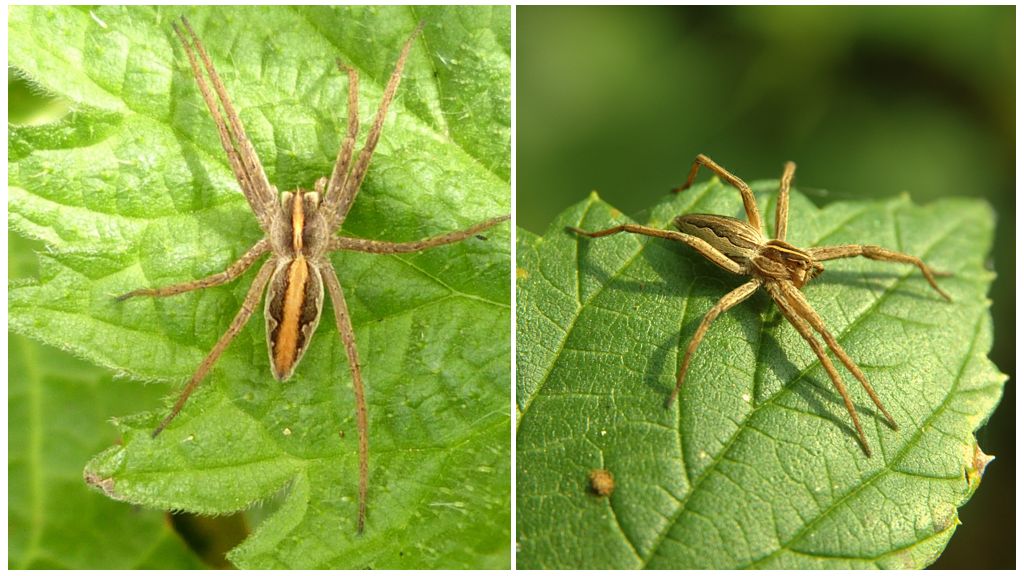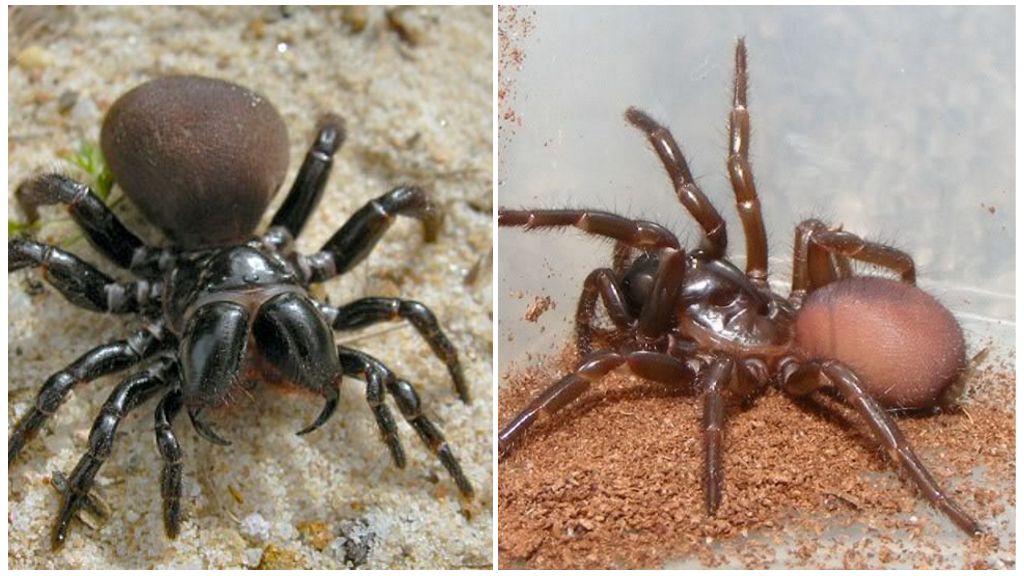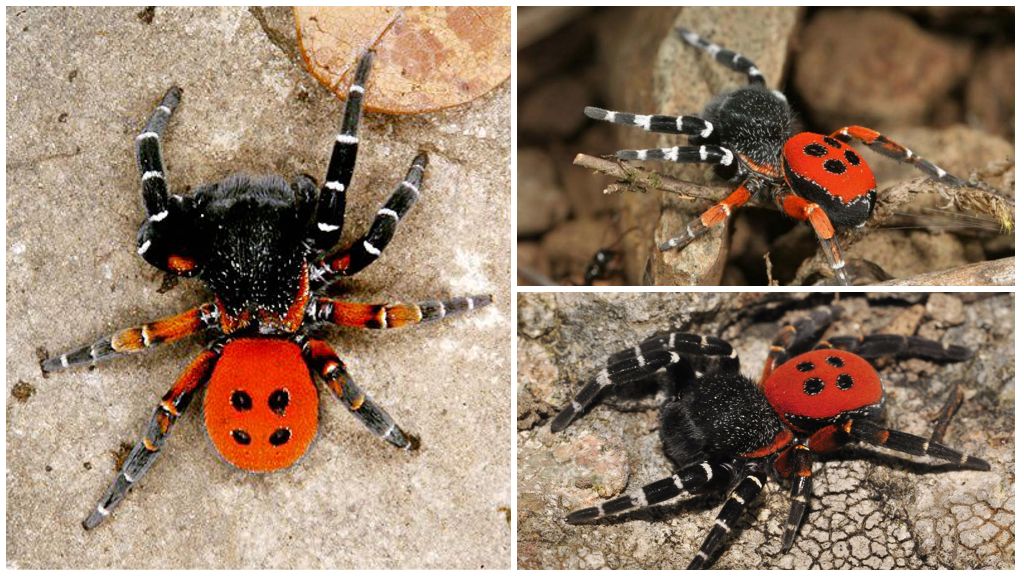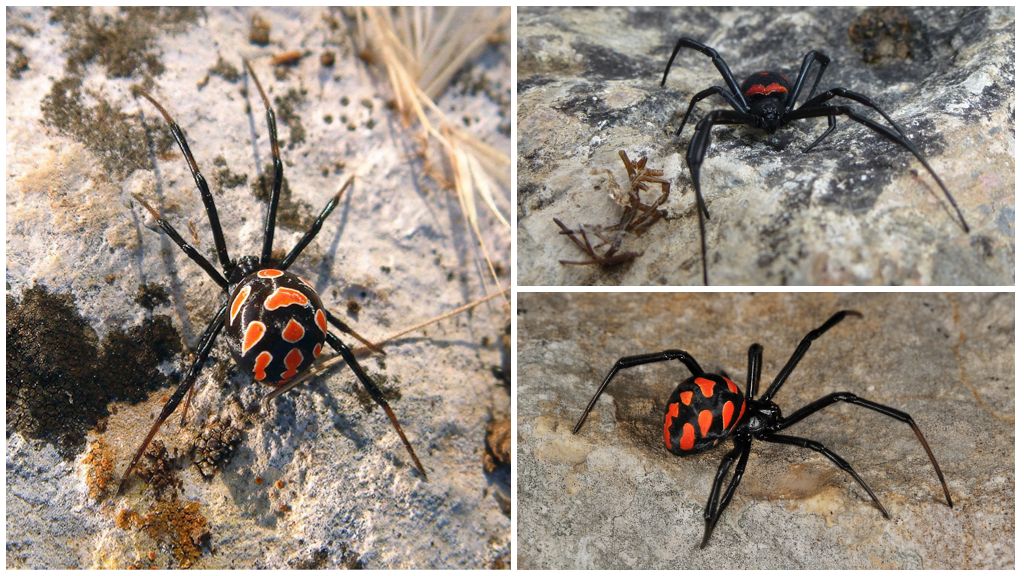- Fathead black and karakurt
- Hunter plant and tarantula
Spiders of the Samara region are distinguished by an unusual color, quite large sizes. The body of the female, together with the span of the legs, reaches 3 cm. They bring a lot of benefits to nature by regulating the number of insects. Some species living in the southern regions of the Samara region pose a danger to human life. In the absence of timely qualified assistance, the victim dies.
Photos and names of the most prominent representatives
Meet spiders can be found everywhere among vegetation. They live in burrows underground, hollow trees, on the grass, often penetrate the house through open windows, doors, cracks in the wall. A person is not attacked without a threat to his own life. After spider bite an allergic reaction of varying degrees of intensity appears.
Karakurt
Poisonous spiders of the Samara region in the southern regions, a variety black widows. They differ in large sizes - up to 20 mm. Males are always smaller than females. The color can be different, in Samara it is a bright predator of black color with red spots throughout the abdomen, cephalothorax. The limbs are black, long, powerful, tenacious. The main habitats are wastelands, slopes of ravines, virgin lands, and the banks of water bodies.
On a note!
Karakurt extremely prolific, outbreaks of mass reproduction occur once every 10 years. In hot, sultry summers they migrate to the northern regions of Russia. You can even meet these spiders in the suburbs.
Spiders live in burrows that they build underground. At the entrance form nets. For laying eggs, a cocoon is made from cobwebs. In this state, the embryos winter, in the spring they continue to develop.
He bites karakurt, defending himself, protecting his own life. The poison disrupts the functioning of the nervous system, muscle cramps, difficulty breathing, palpitations, increased blood pressure, cramps. Swelling, swelling, redness, pain remains at the site of the bite. The situation requires immediate medical attention, otherwise the person runs the risk of dying. Karakurt bites are especially dangerous for children, the elderly, with an increased tendency to allergies, pathologically weak immunity.
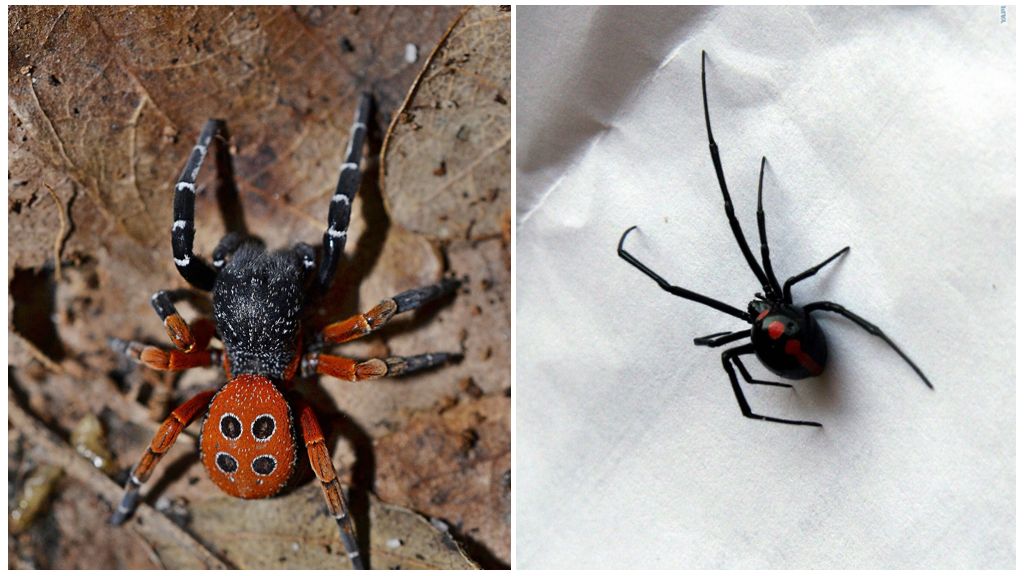
Fathead black
Bright spiders in Samara have an unusual color. A more attractive male, although the female is somewhat larger in size. Body length reaches 2 cm. Cephalothorax, velvet paws, black.
Interesting!
Abdomen red with four black dots. The people call the spider a ladybug. Females are black, sometimes there are yellow stripes on the abdomen.
Lives in a hole that it builds underground, labyrinths reach up to 50 cm deep. The entrance is protected by a web. He prefers to hunt passively. He sits in a hole, waiting for the victim to fall into the web. It feeds on insects, likes bugs, does not disdain flies. It is found in forests, fields, wastelands, loves sunny glades.
The poison is extremely toxic to insects, in mammals, humans causes local irritation. Traces of a bite disappear gradually within a week. Antihistamines are used to accelerate the therapeutic effect.
Plant Hunter (Dolomedes plantarius)
Common types of spiders in the Samara region. There are 4 species living all over the region. The striped hunter is listed in the Red Book.The body size of the female is about 2 cm, the males are half smaller. The abdomen is elongated, oval. The colors are beige, brown, gray. Throughout the body, patterns in the form of stripes, spots.
Hunters live near water bodies, prefer a humid climate. They quickly run on land, chasing a victim on the water, build a raft from improvised materials - leaves, sticks, twigs. The predator stays afloat for as long as it needs. It feeds on terrestrial, aquatic insects, larvae. Breeding rapidly, in one clutch there are 600 eggs.
On a note!
The most poisonous hunters live in Australia. Samara spiders bite painfully, the bite provokes a local allergic reaction, but health rarely worsens. The skin is restored within 2 weeks without special medical care.
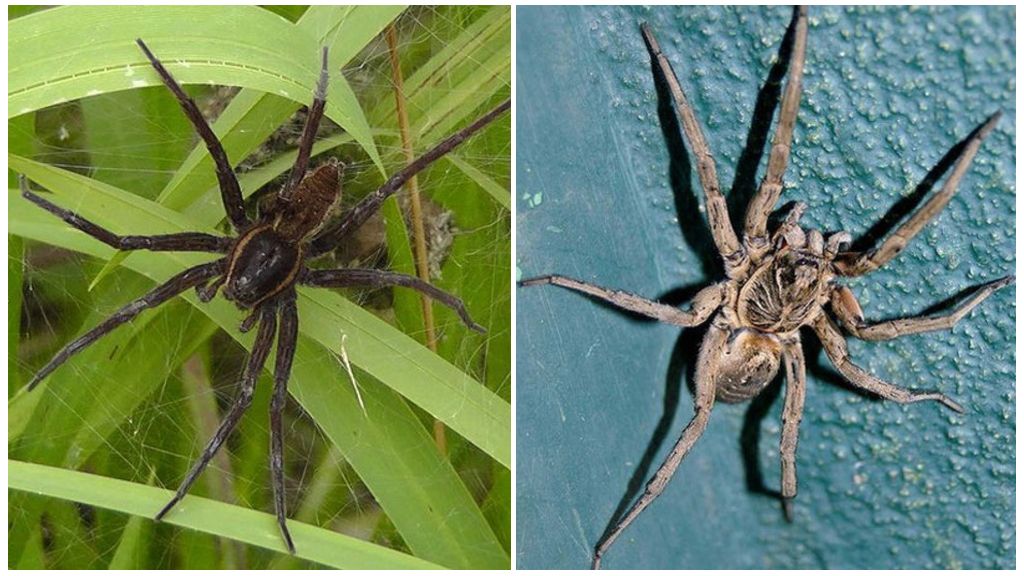
Tarantula South Russian
Spiders dangerous to humans in the Saratov region are listed in the Red Book. Refer to wolf spidersare found in the wild, but often creep into the house. They lead a nomadic lifestyle, actively hunt at night. They feed on insects, bugs, and small relatives. Run fast, jump 15 cm high.
On a note!
Tarantula South Russian does not weave a web, does not build trapping nets, does not betray his stay in the house. He often hides in shoes, among dishes in cabinets, behind furniture in dark corners.
Description of appearance - brown, beige, ashen, large with powerful long limbs. On the abdomen, cephalothorax, legs, patterns are slightly different in color from the main gamut.
Bite tarantula compare with bee sting, wasp, hornet. Instantly there is pain, swelling, swelling, redness. Deterioration of general well-being occurs with an increased tendency to allergies, as well as in young children.
In addition to these representatives of the family in the Samara region live hayers, crosses, house spiders, side walkers, spitters, canopies, silverfish, atypus wall.
